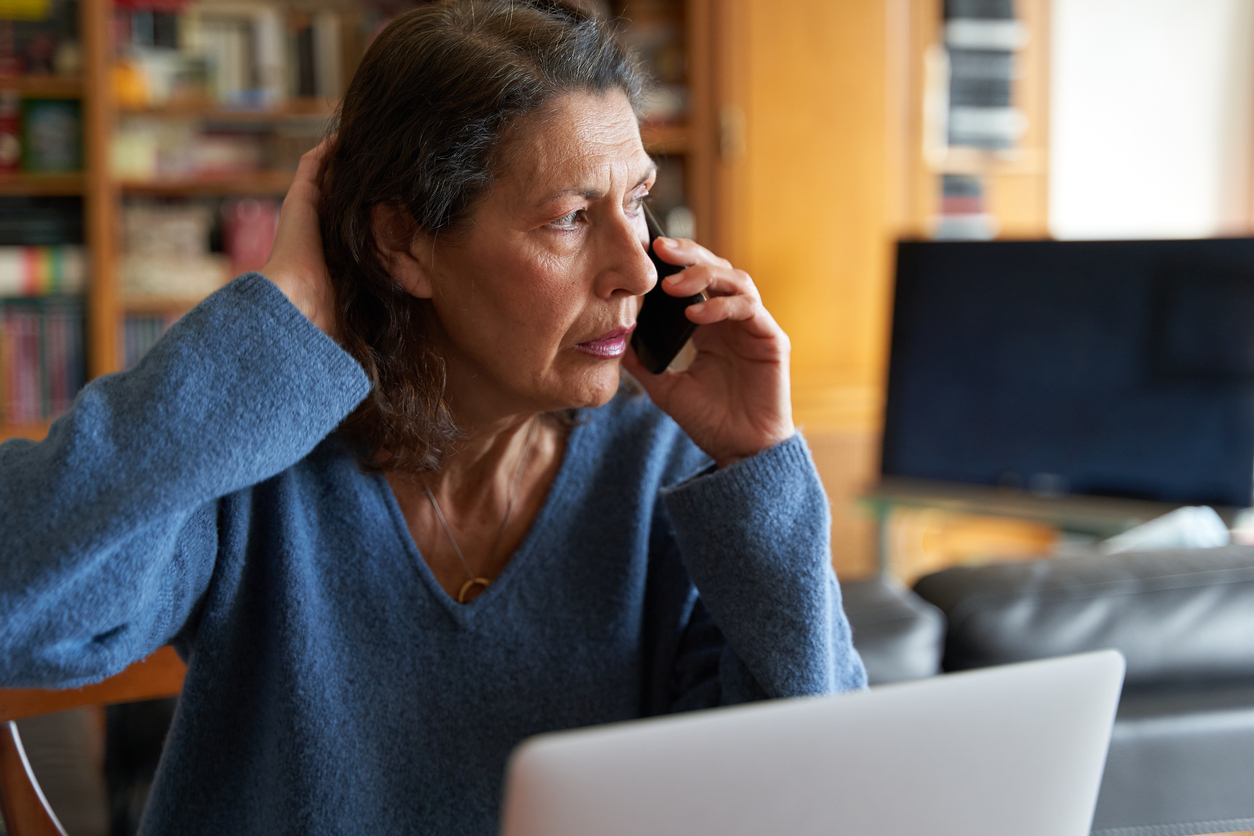Pins And Needles: Aging With Anxiety
March 15, 2023

There are probably lots of good reasons for you to feel anxious these days. Maybe you’re experiencing health problems. Maybe you’re worried about your family or even the future of our country. Maybe you’re concerned about inflation and the endurance of your retirement savings (or maybe even the safety of the institution where your money is parked). Or maybe, just reaching the age you have has left you anxious about what lies ahead. All of these are normal worries, yet anxiety disorders that can affect your quality of life, mental health, or even physical well-being are not per se an inherent part of the aging process. Therefore, for those whose anxiety feels out of control or ever-present, there are treatments available to help ease symptoms and even resolve problems.
However, recent articles by well-respected journalists have outlined why older adults may not always get the help they need when anxiety strikes. First, in her recent article, Why Aren’t Doctors Screening Older Americans for Anxiety?, New York Times columnist Paula Span noted that anxiety is the most common mental health disorder and a study of older adults in 6 countries found that 17% of them experienced an anxiety disorder within the past year. Given the prevalence of these feelings, which can be all-consuming and out-of-control, you would think it would be commonplace to screen and treat older adults for anxiety (especially given the effectiveness of prevailing treatments). However, Span found that anxiety is often overlooked in older adults, and primary care doctors often lack the training to recognize even common mental health concerns. Older adults, in general, are often not adequately treated or recognized in mental health settings. This is despite the fact that studies exist connecting anxiety to cognitive decline and dementia. Journalist Judith Graham, writing for Kaiser Health News, echoed these findings, and pointed out that a recent JAMA Psychiatry editorial found that only ⅓ of older adults with a generalized anxiety disorder receive treatment. She noted that anxiety is not only linked with brain health but is also implicated in such physical illnesses as heart failure, stroke, coronary artery disease, and autoimmune illnesses.
Graham goes on to describe the symptoms of anxiety (including worry, irritability, restlessness, sleep changes, and fatigue), along with noting that most older adults with anxiety have struggled with the illness prior to getting older. But because the mental health system doesn’t deal well with older adults, and because symptoms may mirror the symptoms of other late-in-life illnesses, providers too often categorize the problems experienced by anxious adults as just “normal aging.” This would be a mistake, however, especially as anxiety is readily treated with positive results. There’s even been the recent discovery of blood biomarkers that should facilitate the development of a blood test to detect anxiety and help with newer treatments as a result.
Treating anxiety disorders (which can run in families) depends on first recognizing and diagnosing them, and then implementing lifestyle changes and perhaps therapeutic treatments to relieve symptoms. Among the tactics in your anxiety-relieving toolbox are such strategies as prioritizing sleep, listening to music, taking a brisk walk, and considering therapeutic or medication options. There are a variety of medications that are proven to help with anxiety, though you and your treating physician would need to determine whether any are contraindicated due to your age, health, or other medications you take. Recently published research has also found that in many cases, mindfulness training can be as effective for anxiety relief as medications. Cognitive behavioral therapy has also been found to be effective and is considered the first line of treatment for older adults. To find out what it is, and how it can help, relax your mind and listen here.







